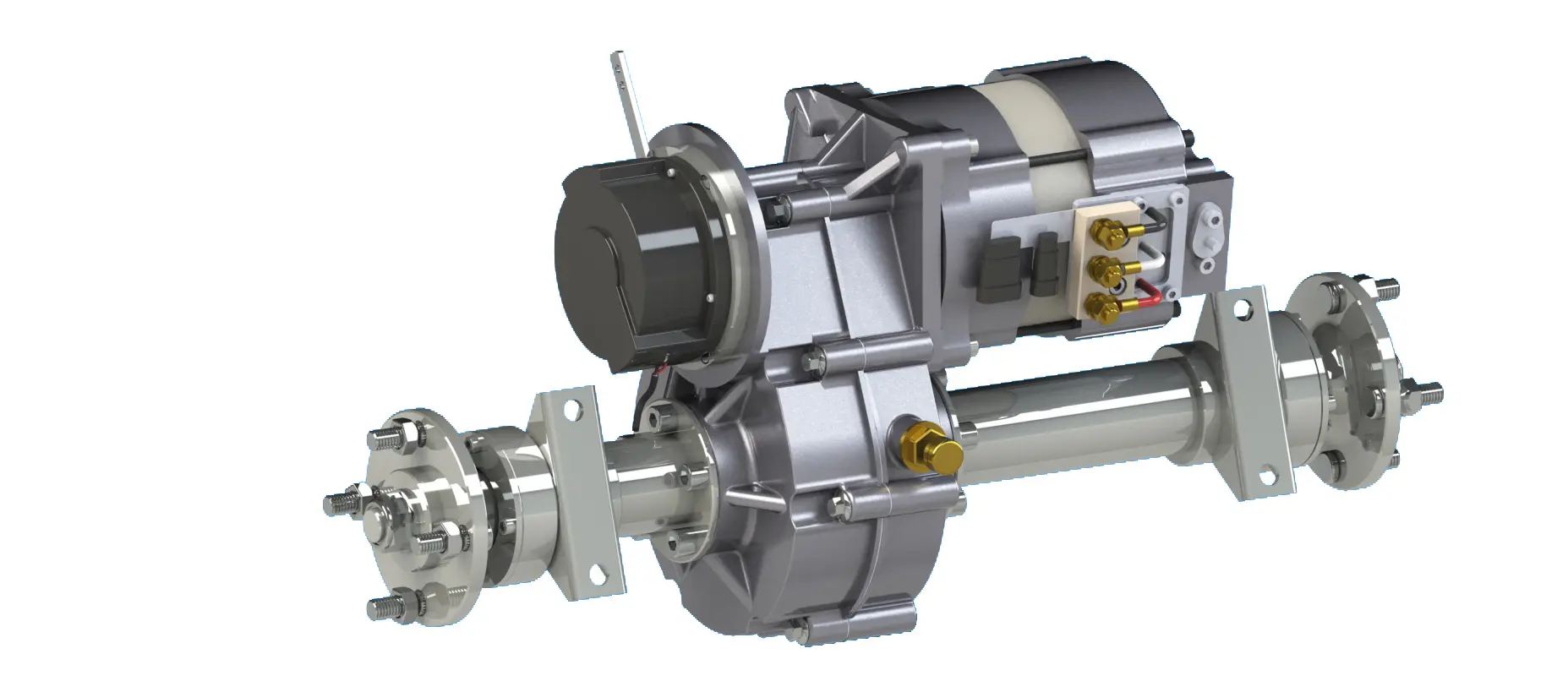How to Calculate the Main Reduction Ratio for an Electric Transaxle
The main reduction ratio of an electric transaxle is a critical parameter that determines how the speed and torque from the electric motor are converted to the wheels. This ratio affects the vehicle’s acceleration, top speed, and overall performance. Here’s a detailed guide on how to calculate it:

1. Understanding the Basics
The main reduction ratio is the ratio of the input speed (from the motor) to the output speed (to the wheels). It is calculated using the following formula:
Reduction Ratio=
Output Speed (RPM)
Input Speed (RPM)
2. Measuring Input and Output Speeds
To calculate the reduction ratio, you need to know the speeds of the input and output shafts. These can be measured using:
Tachometers: Devices that measure rotational speed.
Encoder Systems: These provide precise speed data by counting pulses.
3. Using Gear Ratios
In many electric transaxles, the reduction ratio is achieved through a series of gears. The ratio can be determined by the number of teeth on the gears. For example, if the input gear has Z
1
teeth and the output gear has Z
2
teeth, the reduction ratio is:
Reduction Ratio=
Z
1
Z
2
4. Considering Multiple Stages
Some transaxles use multiple stages of reduction, such as planetary gear sets. In such cases, the overall reduction ratio is the product of the individual stage ratios. For instance, if the first stage has a ratio of 3:1 and the second stage has a ratio of 2:1, the total reduction ratio is:
Total Reduction Ratio=3×2=6:1
5. Example Calculation
Let’s consider an example where the input speed is 3000 RPM and the output speed is 85 RPM. The reduction ratio would be:
Reduction Ratio=
85
3000
≈35.29:1
6. Factors to Consider
When calculating the main reduction ratio, consider the following factors:
Motor Characteristics: The motor’s RPM and torque characteristics influence the required reduction ratio.
Vehicle Performance Requirements: Higher acceleration may require a higher reduction ratio, while higher top speed may require a lower ratio.
Efficiency: Higher reduction ratios can lead to increased heat and wear, affecting efficiency.
7. Practical Application
In an electric vehicle, the reduction ratio is crucial for optimizing performance. For example, a high reduction ratio can provide strong acceleration for urban driving, while a lower ratio can be more suitable for highway speeds.
By understanding and calculating the main reduction ratio, you can ensure that your electric transaxle is optimized for the specific needs of your vehicle.
Post time: Mar-05-2025

